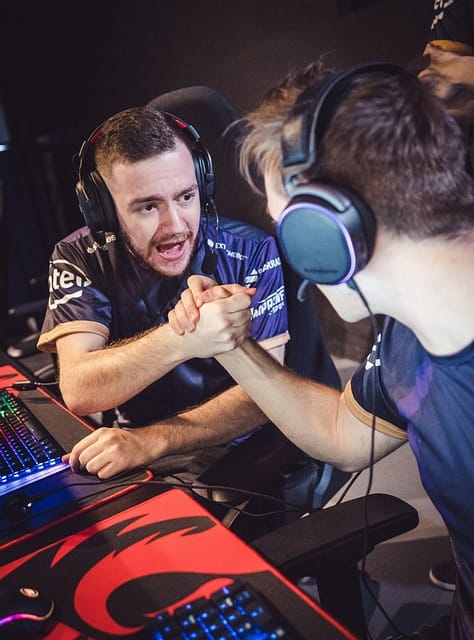
Gaming is no longer the pressing of buttons but a sensory experience. Among the technologies that are driving this change is the aspect of haptic feedback. It introduces a physical aspect of gaming that allows users to experience the action.
It can be the recoil of a weapon or the rumble of an engine, but haptics lead players closer to the game than they ever were.
Understanding Haptic Technology in Simple Terms
The haptic technology involves vibrations, force, and movements in simulating a touch. It simulates real-life feelings by using peripherals such as game controllers, gloves, or even VR suits. Such physical reaction augments the gaming dramas, letting the virtual feel real.
Just think how much buzz you feel when you bounce over a curb in a racing game or when your game character takes a hit in a battle. These perceptions tend to modify the behavior of players, making them more alert and emotional.
This immersion is also spreading in the blistering realm of mobile gaming. A lot of users these days have started doing the daman game login to value how real-time physical feedback can enrich their gaming moments. Games turn into not only visual but also visceral experiences, as haptic tech seeps into mobile applications as well.
Why Haptic Feedback Matters in Games
Although Haptic feedback vibrates, it also does more. It enhances the emotional trigger in the gameplay.
Important improvements are:
- Deep sensory engagement
- Better response time via the sense of touch
- More realistic gameplay in all genres
This sensory layer alters gamers’ play and response in action games, simulations, or even puzzle games.
Applications in Different Gaming Genres
There is variation in haptics depending on the game type. It offers kickback effects and hit sensations in shooter games. In racing, it stimulates crashes and the road textures. In horror games as well as in normal games, one can create subtle vibrations to increase the sense of suspense and fear.
Each genre benefits uniquely:
- Action Games: Experience explosions, bullets, and gun recoil.
- Racing Games: Feel loss of traction, gear switch, and relief transitions.
- VR and AR Games: Because the touch is used along with the visual, it makes an immersive experience complete.
Challenges and Future Possibilities
Haptic technology can be promising, but there are limitations. Upscale gear may be rather pricey, and not every programmer can imbue haptics successfully. Compatibility with devices and battery life are still points of concern.
However, things are looking promising in the future. Full-body haptic suits, smarter touch simulations, and wearable technology are being developed that will help bring a whole new level of realism. This is aimed to be closer to the player-character relationship, making interaction more reactive and natural.
Haptic technology is transforming the world of games. With the advent of the touch in virtual worlds, emotion, reaction, and reality are introduced with it. With the development of hardware and its spread, haptics will be at the center of the future of gaming.
Advertise with the mоѕt vіѕіtеd nеwѕ ѕіtе іn Antigua!
We offer fully customizable and flexible digital marketing packages.
Contact us at [email protected]

















